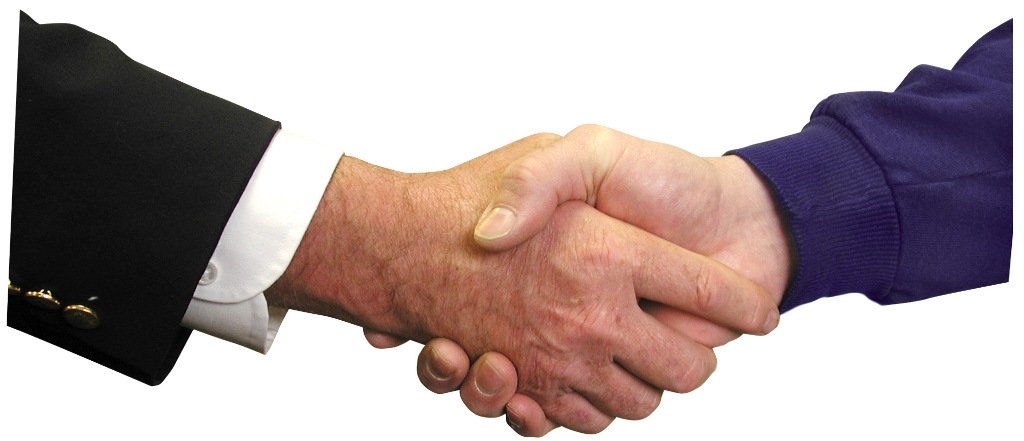
NORTHAMPTON: Recently, it was announced that UK supermarket giant Tesco agreed upon a £3.7 billion deal to buy Booker, the cash and carry giant, which will tighten its grip on the £195 billion food market in the UK.
Highly valued mergers and acquisitions (M&A) deals occur globally every year. M&A refers to the consolidation of companies or assets. While there are several types of transactions that can be classified under M&A, a merger means a combination of two companies to form a new company. An acquisition is the purchase of one company in which no new company is formed. An acquisition is defined as when a parent company obtains more than 50% ownership in a target company.
Every year we see M&A deals where either small and medium agglomerates merge to form a larger company or a large company acquires a smaller firm. According to Dealogic, a financial markets platform, globally M&A deals worth $3,739.4 billion were made in 2016 of which 45% were made in the US and almost 20% were made in Asia excluding Japan.
The five top most sectors which witnessed M&A deals were technology, real estate, energy, health care and oil and gas. The biggest deal announced on October 22, 2016 was the acquisition of Time Warner Inc by AT&T Inc valued at $107, 887. Another interesting phenomenon related to mergers is the fact that they occur in the form of a merger wave, resulting in a spate of M&A deals across sectors, industries and even globally, however, the reasons as to why this happens is not precisely known.
Merger Waves: Why do they happen?
The first wave of mergers occurred in the period 1890-1905 where US companies tried to build monopolies in their respective regions forming ‘Trusts’ – a form of horizontal mergers.
Horizontal mergers are defined when a company acquires another that produces the same type of product, ie a competitor that is at the same stage of production. During the first wave, J P Morgan merged US Steel with Carnegie Steel and more than 700 small steel firms. The resulting giant mega-steel company owned about 70-80% of the steel production in the United States. Globally, we have witnessed six merger waves, the last one ending in 2008. There is some dispute over whether the world has entered the seventh merger wave beginning in 2014.
Academics have researched into the specific causes of merger waves and are of the view that economic, technological and regulatory shocks are the driving force behind it. Whether the shock leads to a wave of mergers depends on the availability of sufficient overall capital liquidity. Easy credit and high levels of corporate savings are also some of the elements needed for a big merger wave.
As quoted in The Economist, Peter Clark along with Roger Mills has written a book, ‘Masterminding the Deal’, which illustrates four crucial phases of M&A deals that are mostly a reflection of changing business confidence.
In the first phase, when the economy is in poor shape fewer deals are struck, which are mostly fire sales at bargain prices. In the second phase, an improving economy offers more volume of finance and hence the number of M&A deals increases. In the third and fourth phase the merger boom is accelerated and acquirers are willing to pay high premiums to buy the target firm.
But are all merger deals profitable? Clark and Mills are of the opinion that as many as two-thirds of all mergers and takeovers fail, unable to provide the benefits that were promised. Most of these failed merger deals occur in the third and fourth phase of the merger wave where dealmakers’ exuberance is most irrational.
Although M&A deals are stated to provide benefits to firms – in terms of offering synergies, greater amount of funds allocated towards research and development and network economies – it also poses competition concerns with increased monopoly power for a single firm.
Competition laws in nations are designed to ensure that firms do not acquire such a degree of market power on the free market so as to harm the interests of consumers and the economy as a whole.
The writer is an economist and ex-central banker
Published in The Express Tribune, February 20th, 2017.
Like Business on Facebook, follow @TribuneBiz on Twitter to stay informed and join in the conversation.






















































COMMENTS
Comments are moderated and generally will be posted if they are on-topic and not abusive.
For more information, please see our Comments FAQ